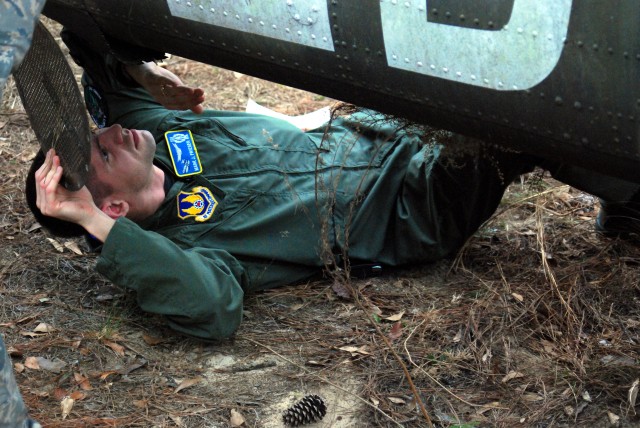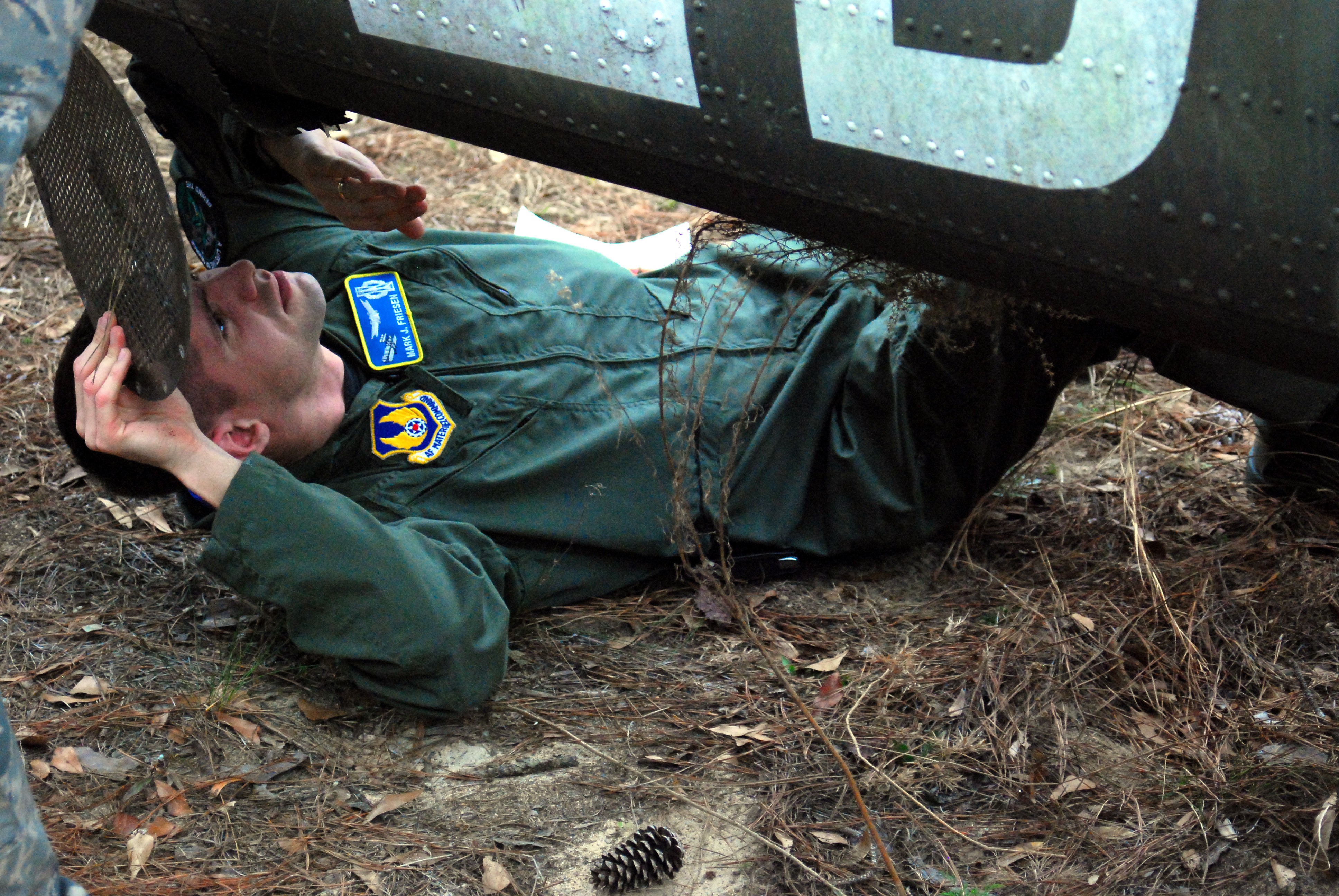
FORT RUCKER, Ala.--The Joint Combat Assessment Team (JCAT) identifies ways to help protect future aircrews, passengers and aircraft through the collection of forensic evidence from downed aircraft.
Comprised of assessors from the Army, Navy, Air Force and Marine Corps, teams conduct combat damage forensics and assessments to increase the chance of survival for crews, passengers, aircraft and equipment in the event of hostile action, according to CW5 Leonard Eichhorn, chief, U.S. Army Aircraft Shoot Down Assessment Team (ASDAT).
Eichhorn said the purpose of combat damage forensics and assessment is to identify vulnerabilities to different aircraft components so that aircraft designers can re-engineer or improve those components to be more survivable in the event of battle damage.
"It's all about keeping the crew and occupants safe and allowing the aircraft to complete its mission," he said. "Between Vietnam and OIF, OEF, or OCO (Overseas Contingency Operations), the Army has exponentially increased the survivability of our crews and passengers. If we can see that a certain weapon is having a certain effect on a part of the aircraft, engineers and designers of that (aircraft) can change things. They can engineer out that vulnerability."
Assessors collect data pertaining to life support equipment such as seat belts, seats, helmets as well as crew and passenger injury data, Eichhorn said.
"What we do is truly forensics-based assessment of combat damage," Eichhorn said. "We go and we process that aircraft ... the same as (a) crime or accident scene to collect all the forensic evidence that is available."
"The ASDAT is an Army organization but when you talk JCAT we're the Army component of that organization," said Greg Fuchs, ASDAT operations and training specialist. "That's our quarter of it."
Active duty and Reserve Component assessors train jointly during three JCAT phases to master the specialty they perform around the globe.
"All the phases are conducted once a year," Eichhorn said. "We train the assessors up and then they deploy for different tour lengths."
Phase one, hosted by ASDAT and conducted at Fort Rucker, teaches basic combat damage forensics, he said. Recently 19 assessors from the different military branches completed the five-day phase one training here.
During basic combat damage forensics, assessors learn how to recognize and identify the different types of damage enemy threat weapons systems cause to aircraft, Eichhorn said.
"We also teach them the basics of building an assessment report and basic security measures for the classification of those reports, introduce them to the different intelligence centers that assist us with different threat weapons and information on those systems," he said.
Phase two, conducted at China Lake Naval Air Warfare Center in California, consists of another five-day block where the assessors train on actual fixed wing and rotary wing aircraft used in weapons live fire tests and evaluation, Eichhorn said.
"Those trainees ... are actually looking at and touching real aircraft with real weapons effects," he said. "The outcome of that is they assess an aircraft and build a briefing which is a more polished product and can be built to the classified level as opposed to what they build in phase one."
The final phase - the Threat Weapons and Effects seminar - is conducted near Fort Rucker and features four days of classified briefings on intelligence and different threat weapons systems, and an actual live fire event using different weapons systems against fixed and rotary wing targets, Eichhorn said.
"Upon the completion of the JCAT phases of training they are considered trained and deployable combat damage assessors to support the enduring requirements in OIF and OEF," he said.

Social Sharing